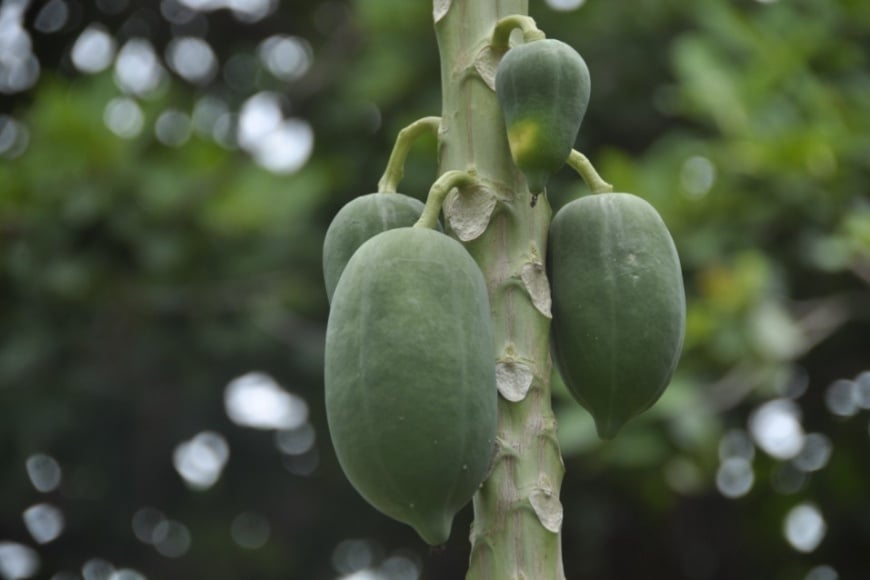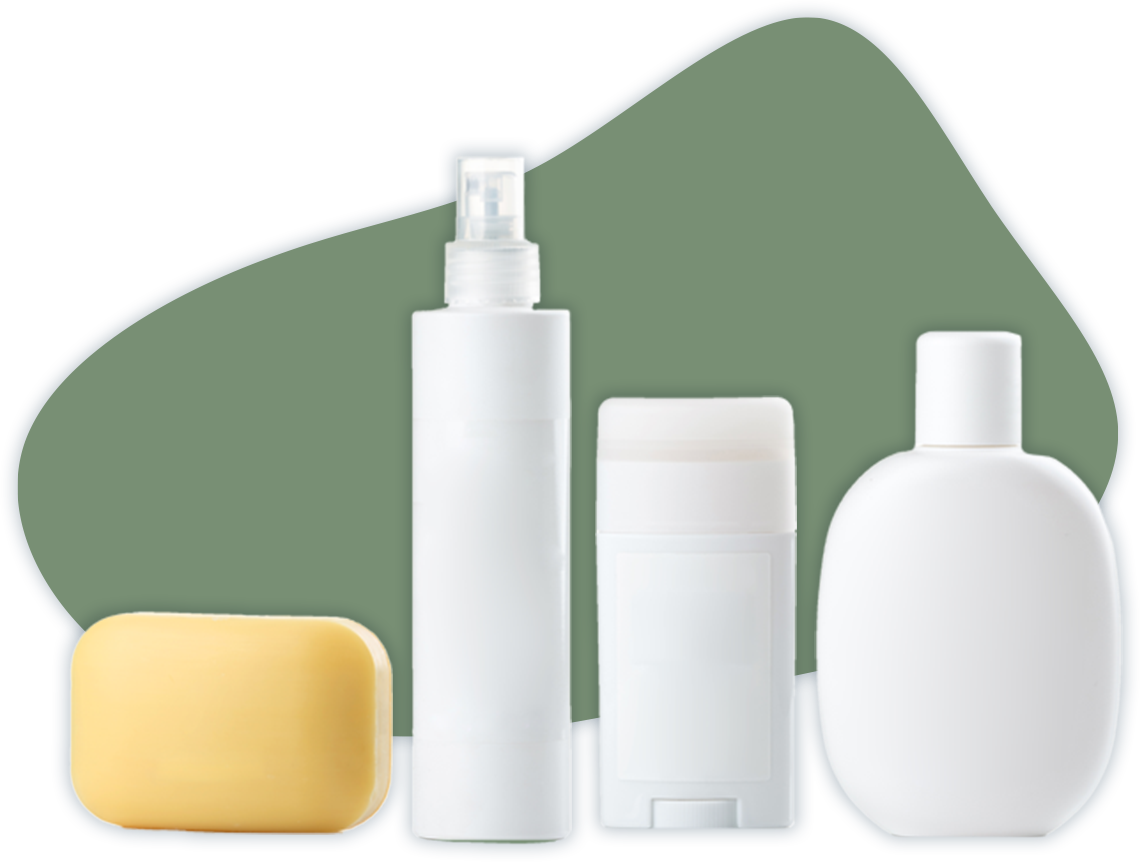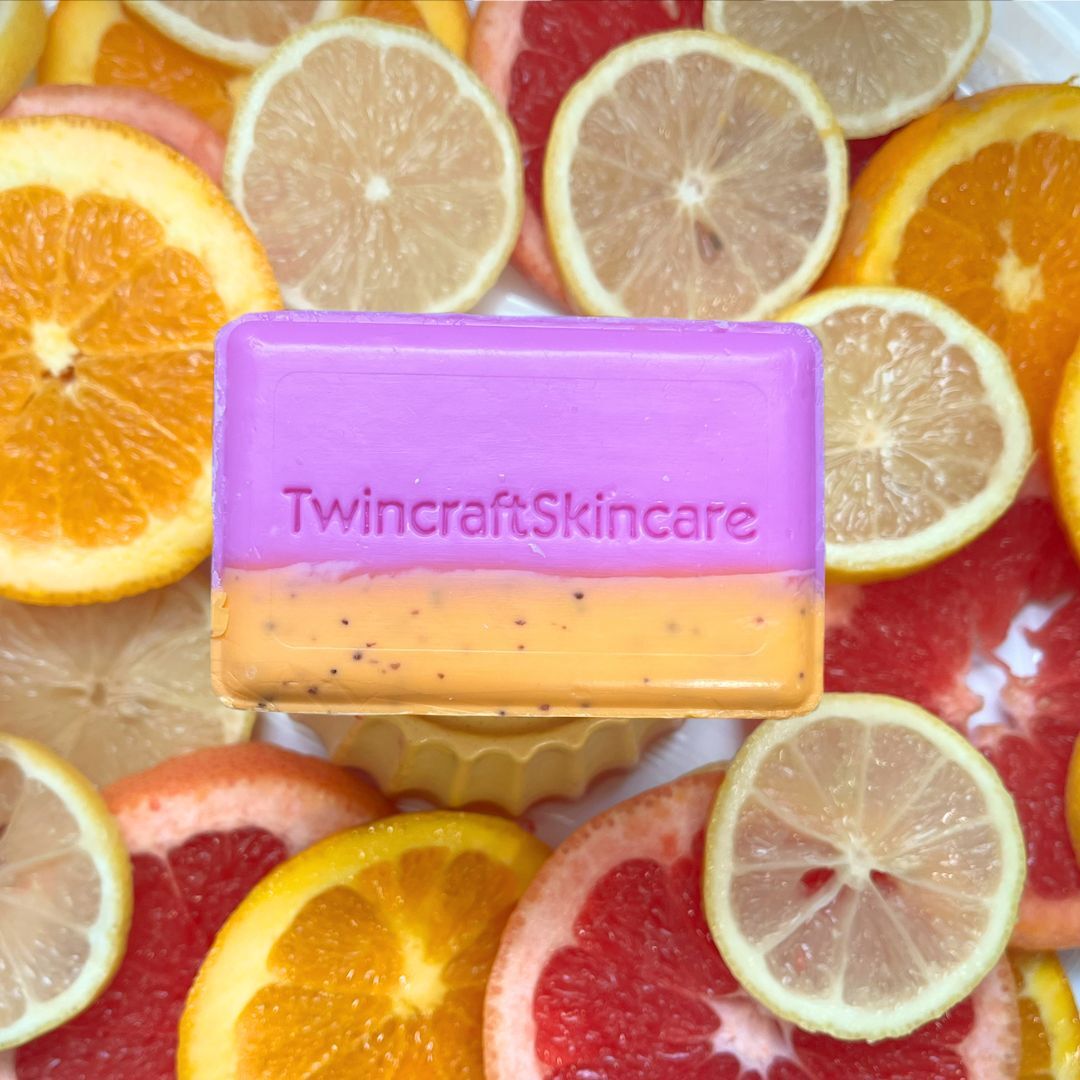What to look out for, what to focus on, and what to avoid in the coming years.
Keeping an eye on trends in the beauty and personal care space can be a full-time job, which is why we have a member of our team do just that: Anna Keller, Director of Trend and Marketing Strategy, is always attending events, reading reports, blogs, and magazines, and combing through new product releases to make sure that our sales, marketing, and R&D teams are all aware of the latest trends and developments in our space. So far in 2018, she’s attended several industry events to bring back material and information to educate our teams.
The most information-heavy event of the year so far was CEW’s Year in Review and 2018 Trend Forecast, where speakers from Mintel, Nielsen, and the NPD Group all presented their groups’ recap of the past year, and predictions for where the industry is going in 2018 and beyond.
Our marketing team is incorporating much of this information into future presentations, blog posts, and our own product conception strategy, so stay tuned for that, but here’s the first in a series of blog posts about future trends for your brand to consider.
Playing with Mother Nature
The natural market is a well-known space for us at Twincraft, as we’ve been innovating natural bar soap and skincare long before the industry demanded it. The market has finally caught up with our mentality, though, and customers now demand transparency and sustainability in their products like never before.
Ingredient Transparency and Agriculture Practices
Consumers today are more educated about natural claims, and are very good at understanding ingredient listings, so the concept of natural beauty ingredients must expand in an ever changing world.
Natural ingredients are perceived as more pure and safer than conventional counterparts, and it’s not just small or indie brands that are embracing these materials – large corporations are doing it, too. Customers no longer have to go to small boutiques or natural food stores to buy their clean products; they can head to Target or Walgreens and find a large selection of products that meet their increasingly strict product standards.
Natural ingredients of course also have a dark side, as all farming practices can have a negative impact on the land, so suppliers struggle to sustainably harvest these in-demand natural ingredients. Customers are looking for transparency in where ingredients are from, so that they can make educated purchases.
The idea of Farm-to-Table, localvore dining has extended to the personal care aisle, where the concept of Farm-to-Face has customers wanting to know where their rose water was sourced. It’s also no longer only for small businesses, as companies such as Nestle have made commitments to locally sourcing their grain for certain food products manufactured in Mexico.
We can also expect the agritech industry to grow – when limited land and resources are coupled with ever growing manufacturing demands, agritech enables farmers to maximize their yields. Aeroponics and hydroponic methods create controlled environments that minimize pesticide use, and make it easier to grow plants that align with the organic claims customers are looking for. This new need for transparency in farming practices begs new questions - How will this new information be shared with consumers? Will these practices require certification bodies to monitor these additional claims?
Nature in the Lab
When growers take plants out of a chaotic, external environment, the possibilities for creating pure, safe, allergen-free, and efficacious ingredients soar. Science could one day replace the conventional harvesting of natural ingredients, which would protect these materials from problems caused by climate change and lacking ecosystem biodiversity.
Contact us to chat with a member of our sales team to learn more about our stance on natural ingredients and the relationships that we have with our suppliers.





